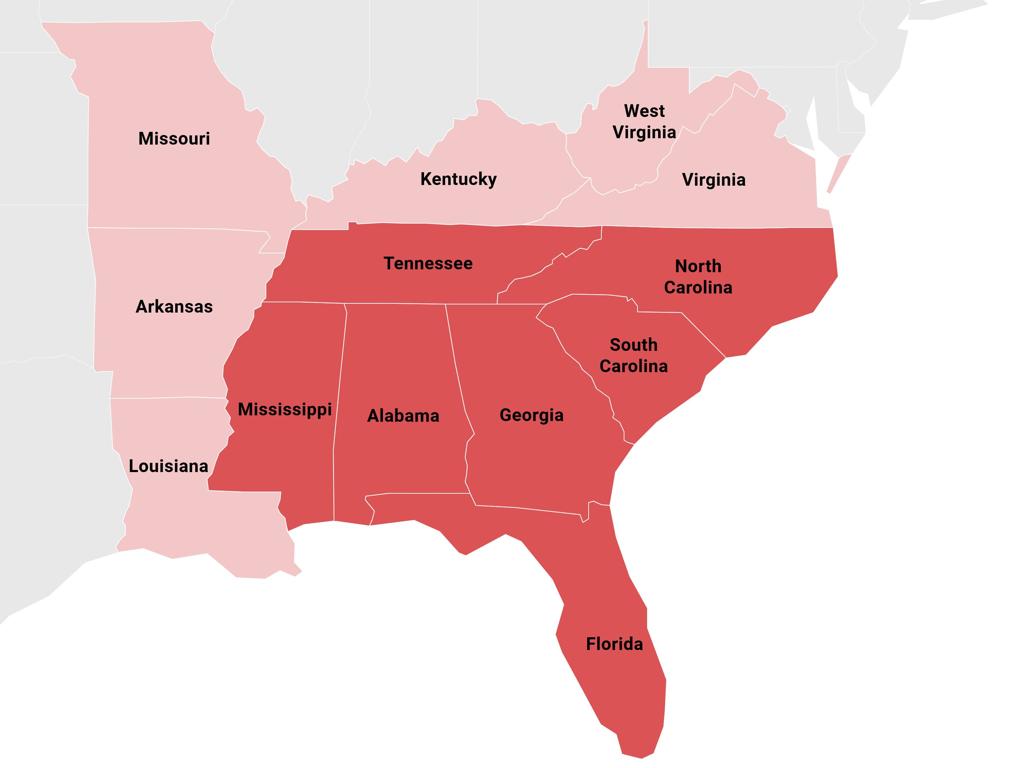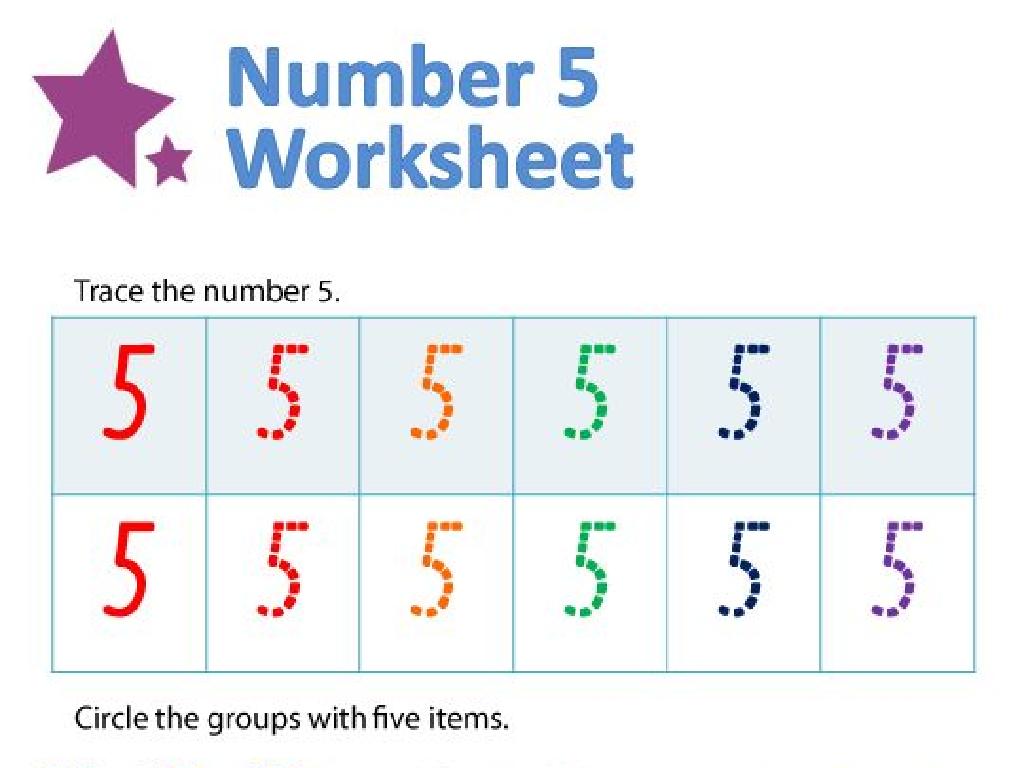Early Roman Society And Politics
Subject: Social studies
Grade: Seventh grade
Topic: Rome And The Byzantine Empire
Please LOG IN to download the presentation. Access is available to registered users only.
View More Content
Welcome to Ancient Rome!
– Rome: From Republic to Empire
– Rome began as a Republic and evolved into a powerful Empire.
– Timeline of Roman history
– Key events from the founding of Rome to the fall of the Byzantine Empire.
– Geography’s role in Rome’s power
– Rome’s hills, fertile land, and strategic location contributed to its success.
– The Byzantine Empire’s legacy
– The Eastern Roman Empire continued Rome’s legacy after the Western Empire fell.
|
This slide introduces students to the grandeur of Ancient Rome and sets the stage for understanding its transformation from a Republic to an Empire. Highlight the importance of the timeline in grasping the sequence of events that led to the rise and fall of Rome. Discuss how geography played a crucial role in Rome’s expansion and defense, with its central location in the Mediterranean and natural fortifications. Conclude with the Byzantine Empire’s significance as the continuation of Roman civilization in the east, preserving its heritage for centuries. Encourage students to think about how geography can impact a civilization’s development and how empires evolve over time.
Exploring Early Roman Society
– Social hierarchy in ancient Rome
– Rome’s class system was structured with distinct social classes.
– Patricians vs. Plebeians vs. Slaves
– Patricians: aristocratic, ruling class; Plebeians: commoners; Slaves: no rights.
– Daily life and social norms
– Activities varied by class, from politics and business to household chores.
– Rights and roles in society
– Patricians held power; Plebeians had limited rights; Slaves were property.
|
This slide aims to give students a clear understanding of the social structure in early Roman society. Emphasize the rigid hierarchy that existed, with Patricians at the top, Plebeians in the middle, and Slaves at the bottom. Discuss the roles and rights associated with each class, such as the Patricians’ involvement in politics and governance, the Plebeians’ role in commerce and labor, and the lack of rights for Slaves. Illustrate daily life by describing typical activities for each class, including leisure activities for the Patricians and the struggle for rights by the Plebeians. Encourage students to compare and contrast these roles with modern society, fostering a deeper understanding of historical social systems and their legacies.
The Roman Republic: Structure and Society
– Definition of the Roman Republic
– A state where power is held by the people and elected representatives.
– Consuls, Senate, and Assemblies
– Consuls led the army and government; Senate advised; Assemblies made laws.
– Tribunes and social struggles
– Tribunes protected the rights of the plebeians against patrician magistrates.
– Checks and balances in politics
|
The Roman Republic was an era of ancient Roman civilization where the government was headed by two consuls, elected annually by the citizens and advised by the Senate. The Assemblies were the main legislative body, reflecting the voice of the Roman citizens. The Tribunes played a crucial role in the struggle of the orders, acting as a check to the power of the Senate and representing the interests of the plebeians. This system of separation of powers aimed to prevent any single individual from gaining too much control, similar to modern checks and balances. Discuss the significance of each group and how they interacted with each other, emphasizing the concept of checks and balances as a foundation for political stability.
Roman Politics and Governance
– Decision-making in the Republic
– Leaders known as senators made laws and decisions, representing the citizens.
– Civic duty in Roman culture
– Romans valued participation in government as a responsibility of citizenship.
– Roman laws and societal impact
– Laws like the Twelve Tables were the foundation of Roman legal system, influencing modern law.
– Examples of historical Roman laws
– The Law of the Twelve Tables, Lex Canuleia, and Lex Hortensia are notable examples.
|
This slide aims to provide an overview of the political structure and civic values of the Roman Republic. Highlight how the Republic was an early form of democracy with elected senators making decisions on behalf of the people. Emphasize the Roman commitment to civic duty and public service, which was considered an essential part of being a good citizen. Discuss the impact of Roman laws, such as the Twelve Tables, on both ancient society and their lasting influence on contemporary legal systems. Provide specific examples of laws to illustrate their role in shaping Roman life and governance. Encourage students to think about how these concepts compare to modern-day governance and legal systems.
The Foundation of Roman Law: The Twelve Tables
– Introduction to The Twelve Tables
– First written code of Roman law, crucial for legal system development.
– Significance of written laws
– Written laws ensure transparency and equality before the law.
– Impact on Roman citizens
– Provided legal protection, defined rights and duties of citizens.
– The Twelve Tables’ legacy
– Basis for future legal systems, influencing Western legal thought.
|
The Twelve Tables were the first codification of Roman law, marking a significant shift from oral to written laws. This presentation slide aims to introduce students to the importance of The Twelve Tables in establishing a transparent and consistent legal framework for Roman society. Emphasize how these laws were a step towards equality, as they applied to all Roman citizens, and how they laid the groundwork for the concept of a legal system that is still relevant today. Discuss the impact of these laws on everyday life in Rome, including both the privileges and responsibilities they entailed for citizens. The legacy of The Twelve Tables extends beyond Rome, as they influenced the development of legal systems throughout Western civilization. Encourage students to think about how written laws affect their lives today and the importance of having laws that protect the rights of individuals.
The Transition to Empire: End of the Republic
– Julius Caesar’s role in the empire rise
– Caesar’s leadership ended the Republic era, paving the way for imperial rule.
– Power shift: Senate to Emperor
– The emperor gained control, diminishing the Senate’s power.
– Roman political legacy today
– Modern legal and governmental systems are influenced by Roman politics.
– Understanding the transition’s impact
|
This slide explores the pivotal changes during the end of the Roman Republic and the rise of the Empire, focusing on Julius Caesar’s critical role in this transition. Students should understand how the power dynamics shifted from a republic, where the Senate had significant influence, to an empire ruled by an emperor. Highlight the lasting impact of Roman political systems, such as the concept of a senate and legal frameworks, on contemporary governance. Discuss how these historical shifts still resonate in modern political structures and encourage students to consider examples of Roman influences in today’s world.
Class Activity: Exploring Roman Society
– Divide into social class groups
– Discuss class rights & duties
– Present your class perspective
– Engage in a mock Senate debate
– Debate a law’s impact on all classes
|
This activity is designed to immerse students in the social and political dynamics of early Roman society. Begin by dividing the class into groups representing the Patricians, Plebeians, Slaves, and other classes. Each group will research and discuss the specific rights and responsibilities associated with their class. They will then present their findings to the class, helping everyone understand the different perspectives within Roman society. The activity culminates in a mock Senate session where groups debate a proposed law’s impact on each social class. This will encourage critical thinking, understanding of historical class structures, and public speaking skills. Possible laws for debate could include land reforms, military service obligations, or trade regulations. Ensure each student participates and understands the significance of their role.






